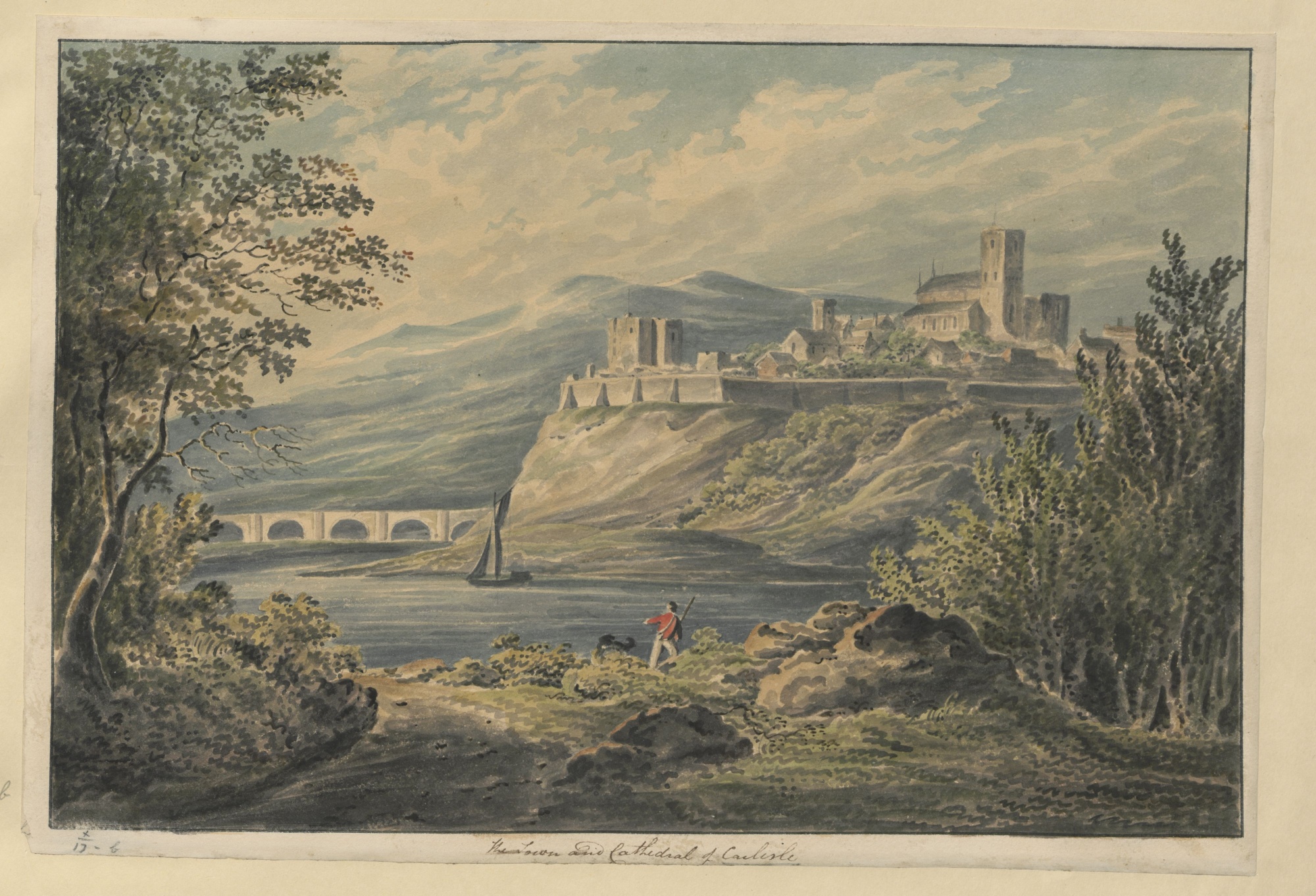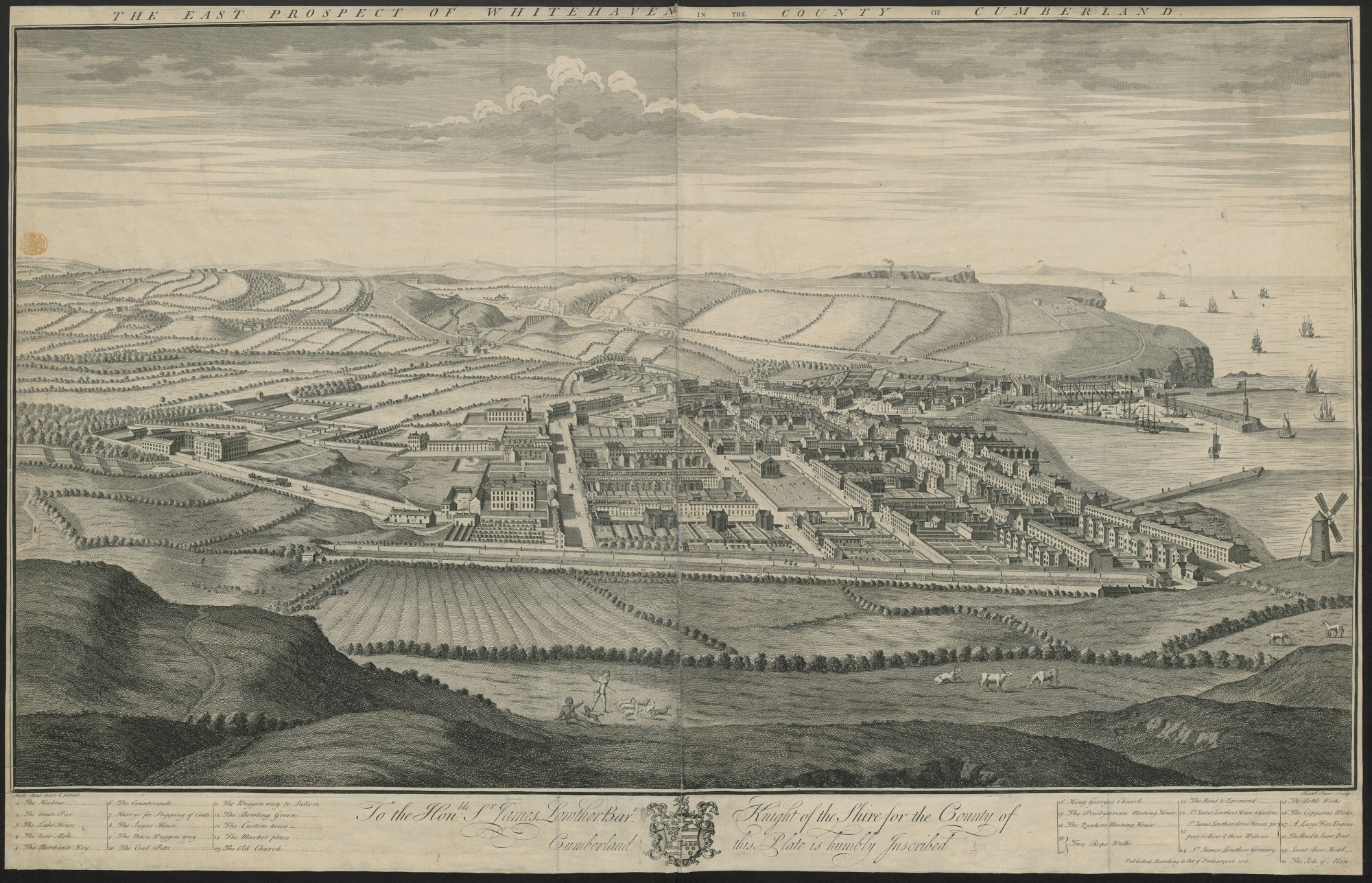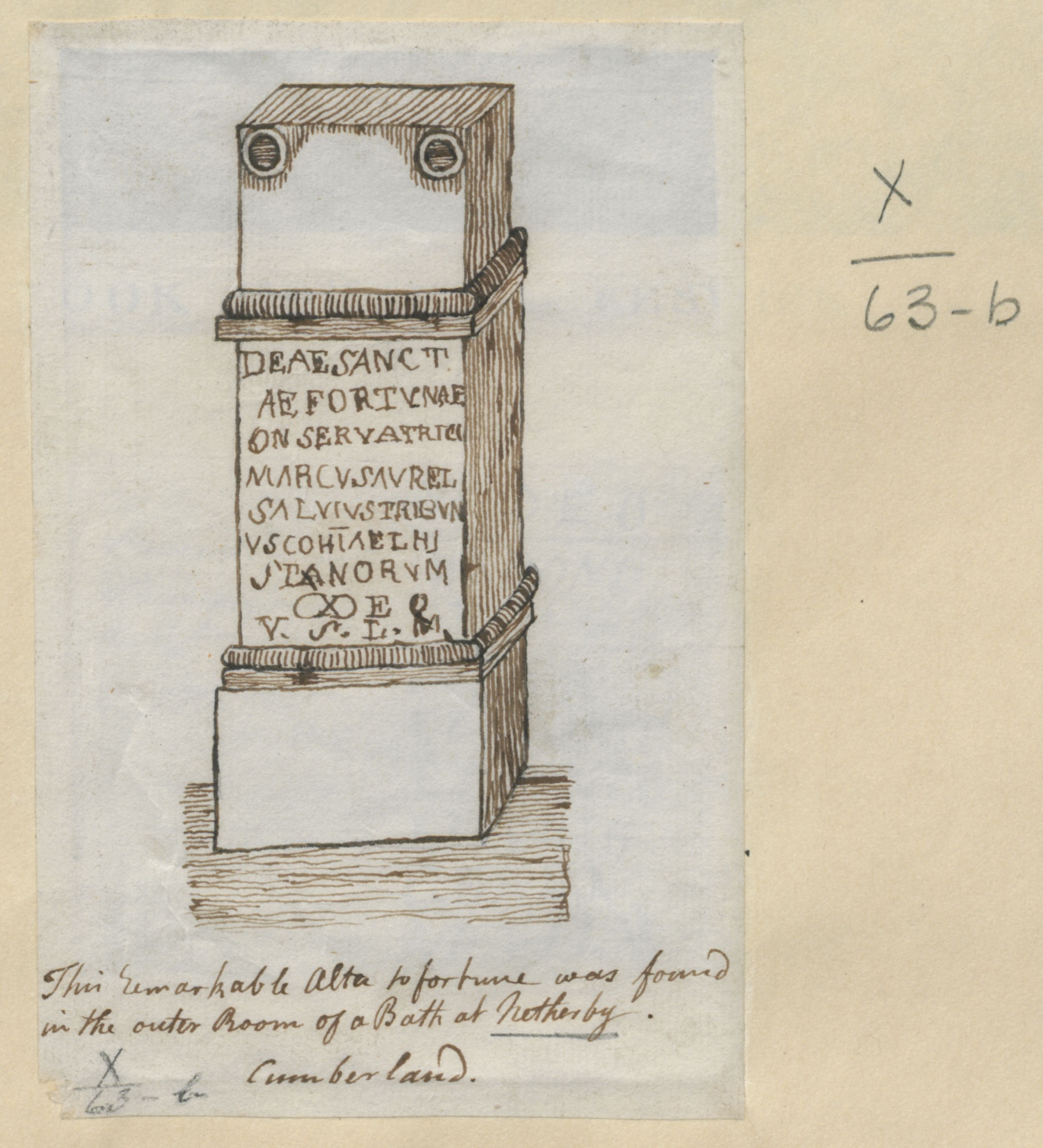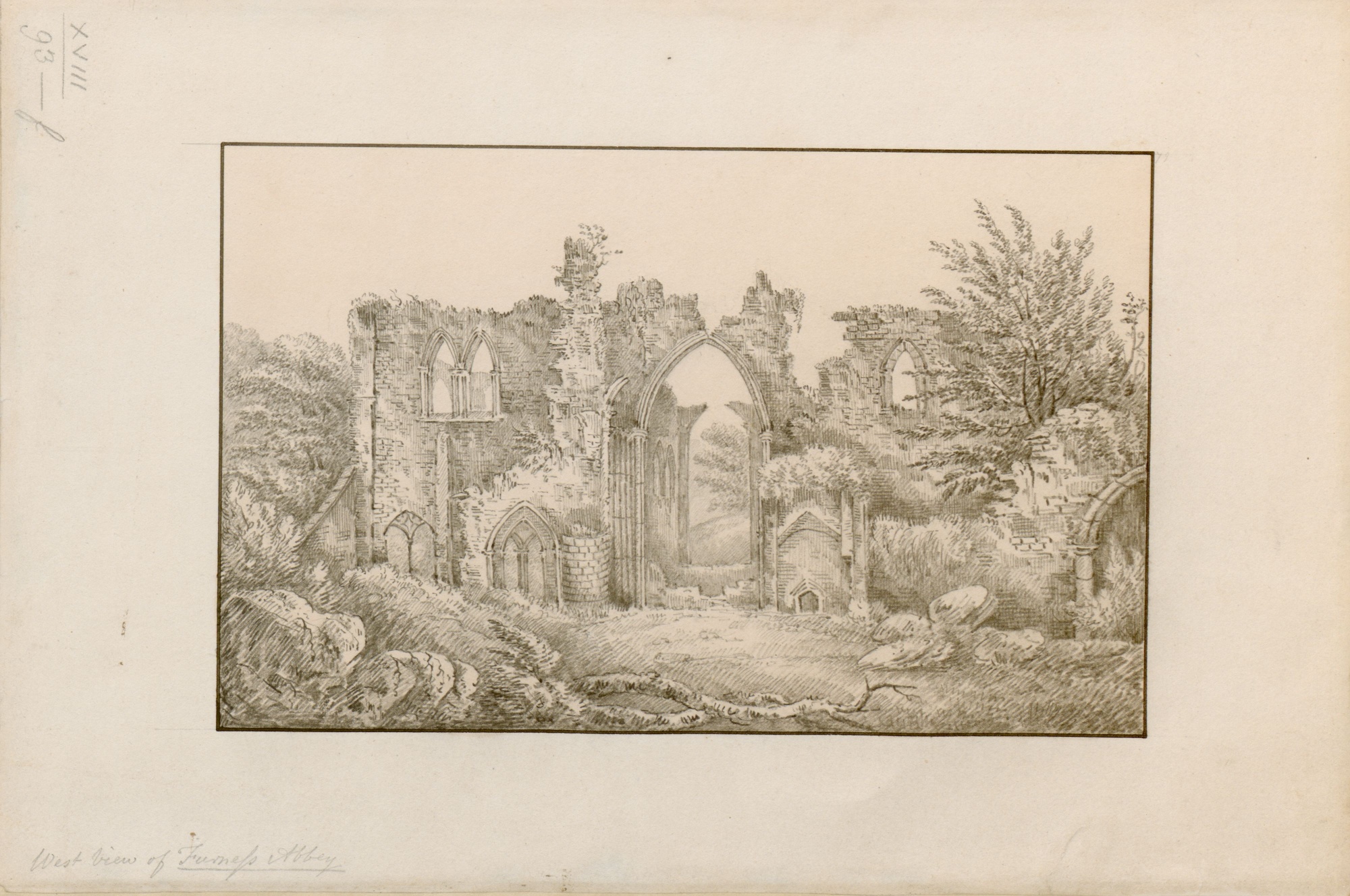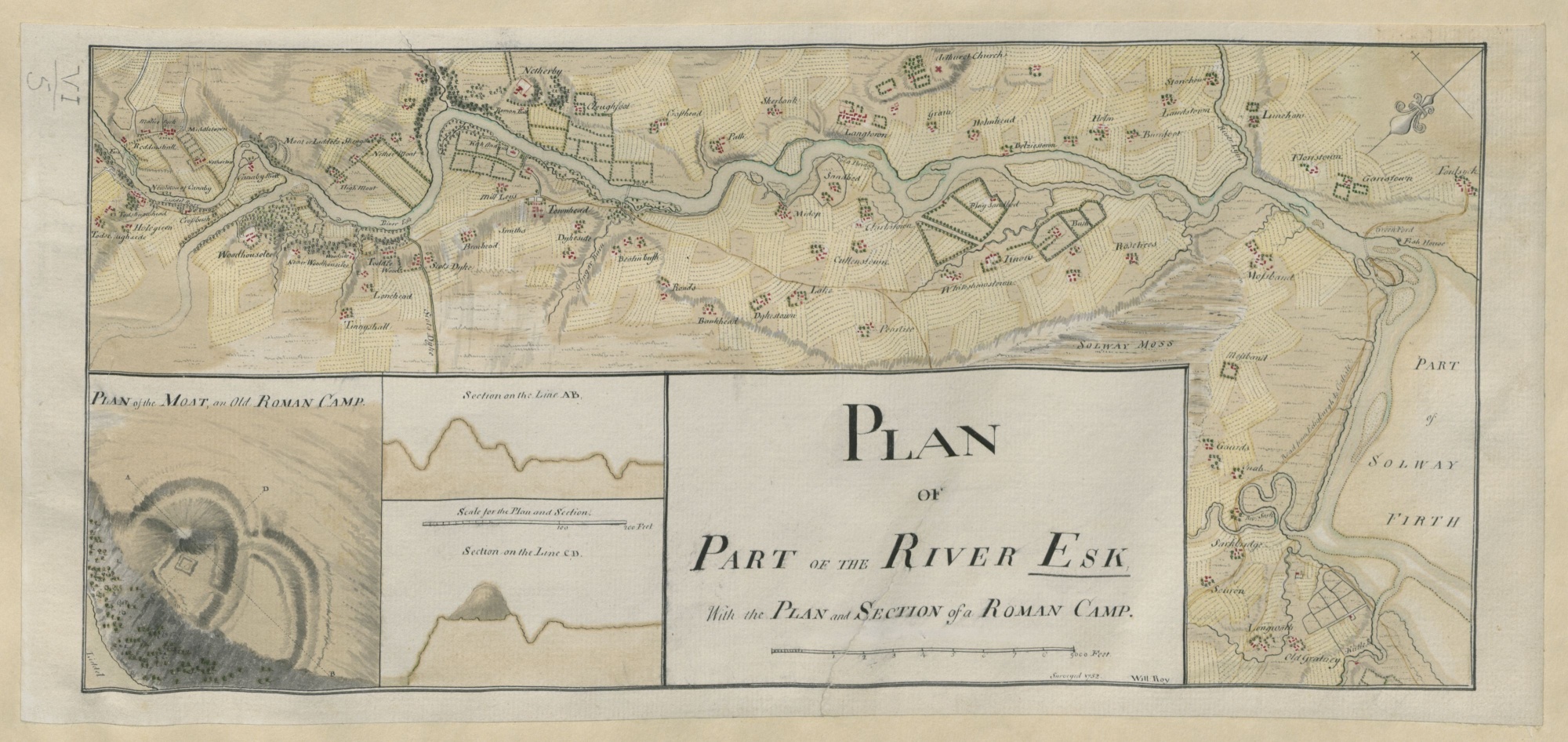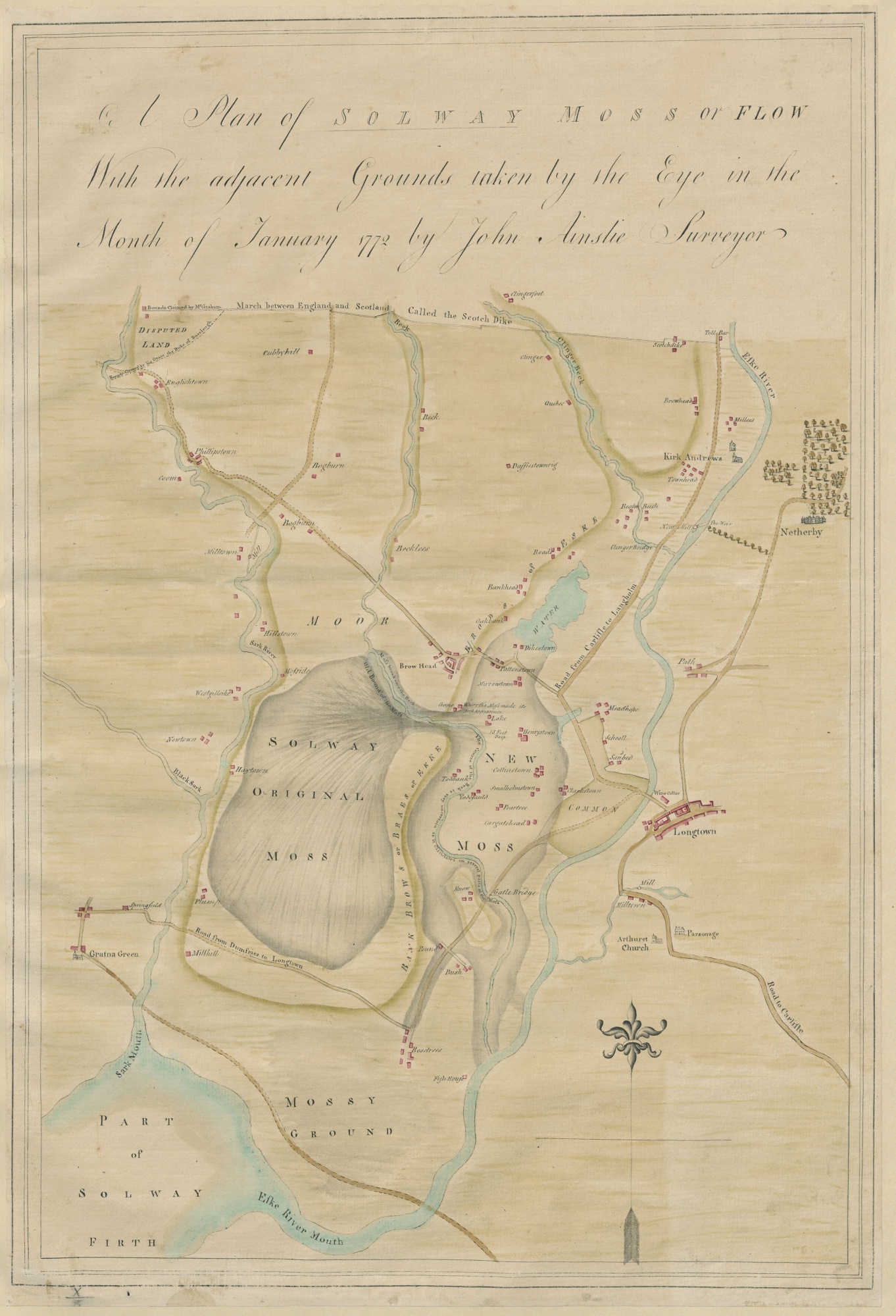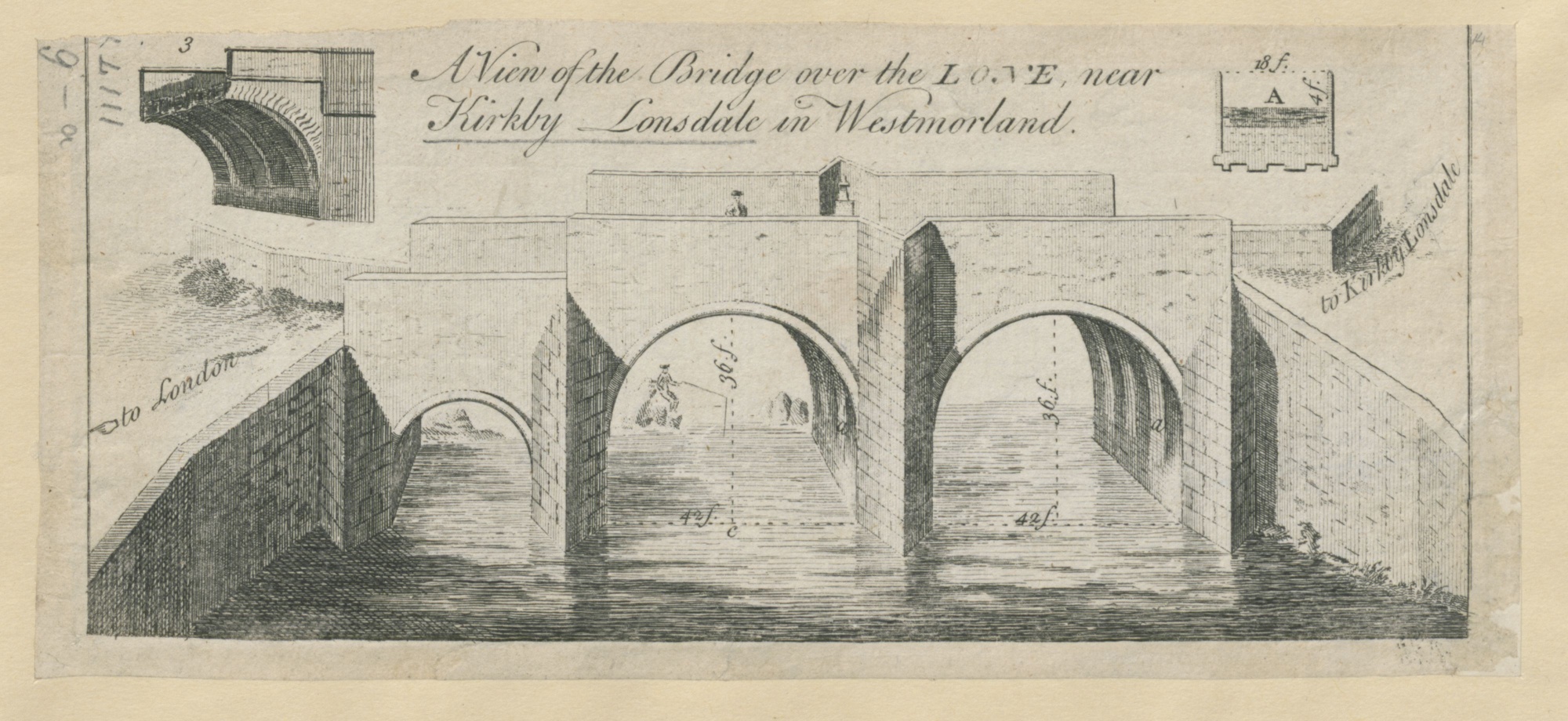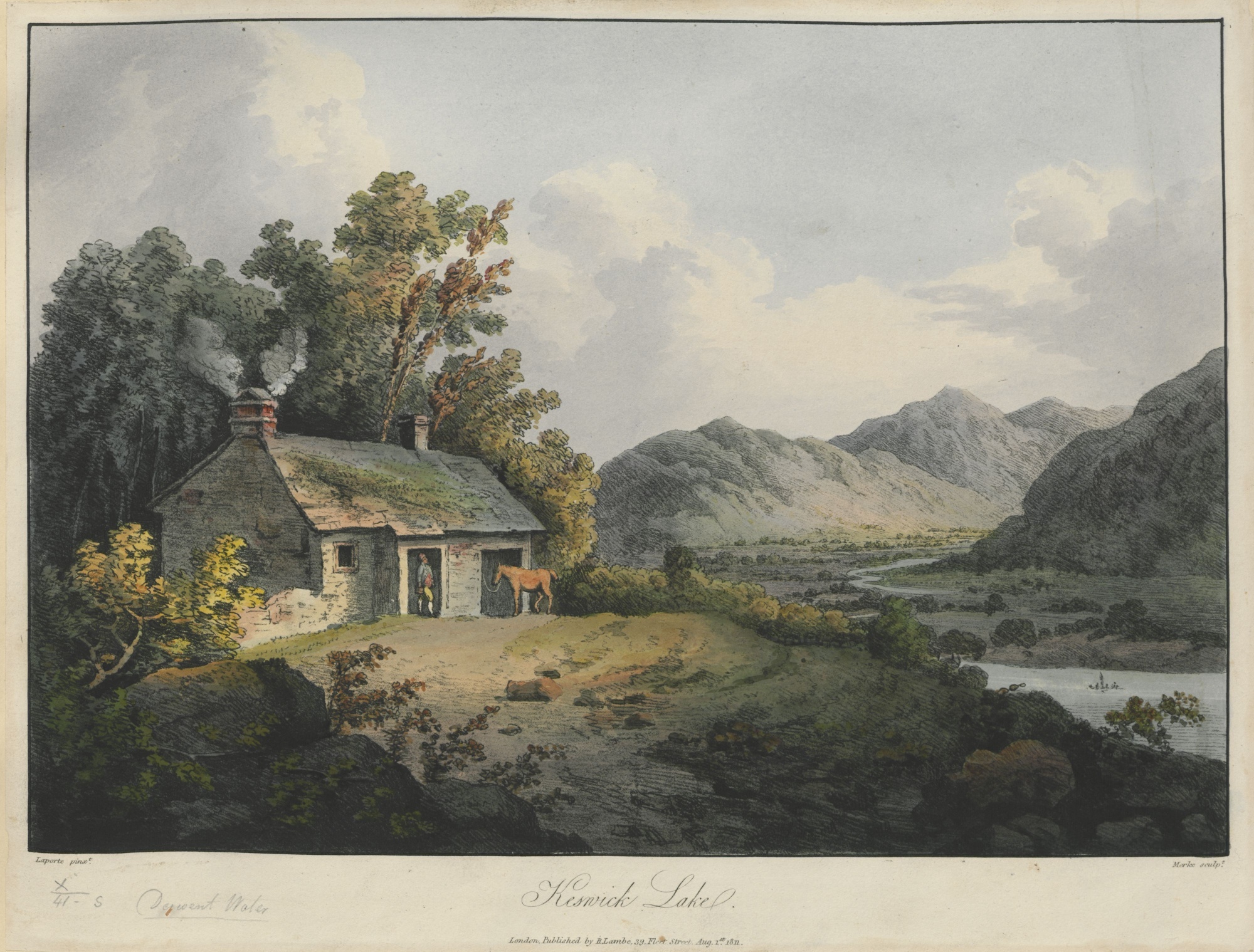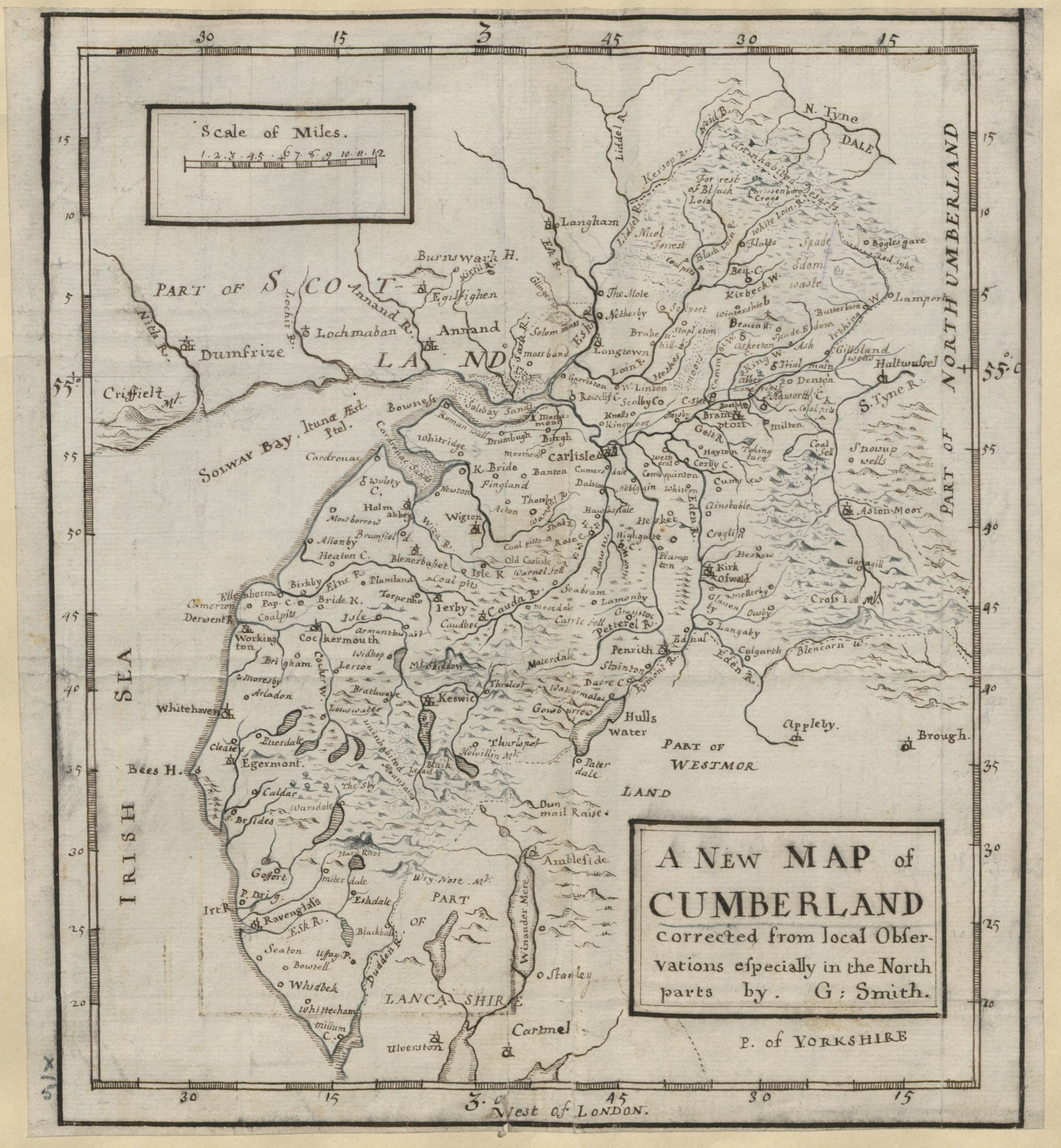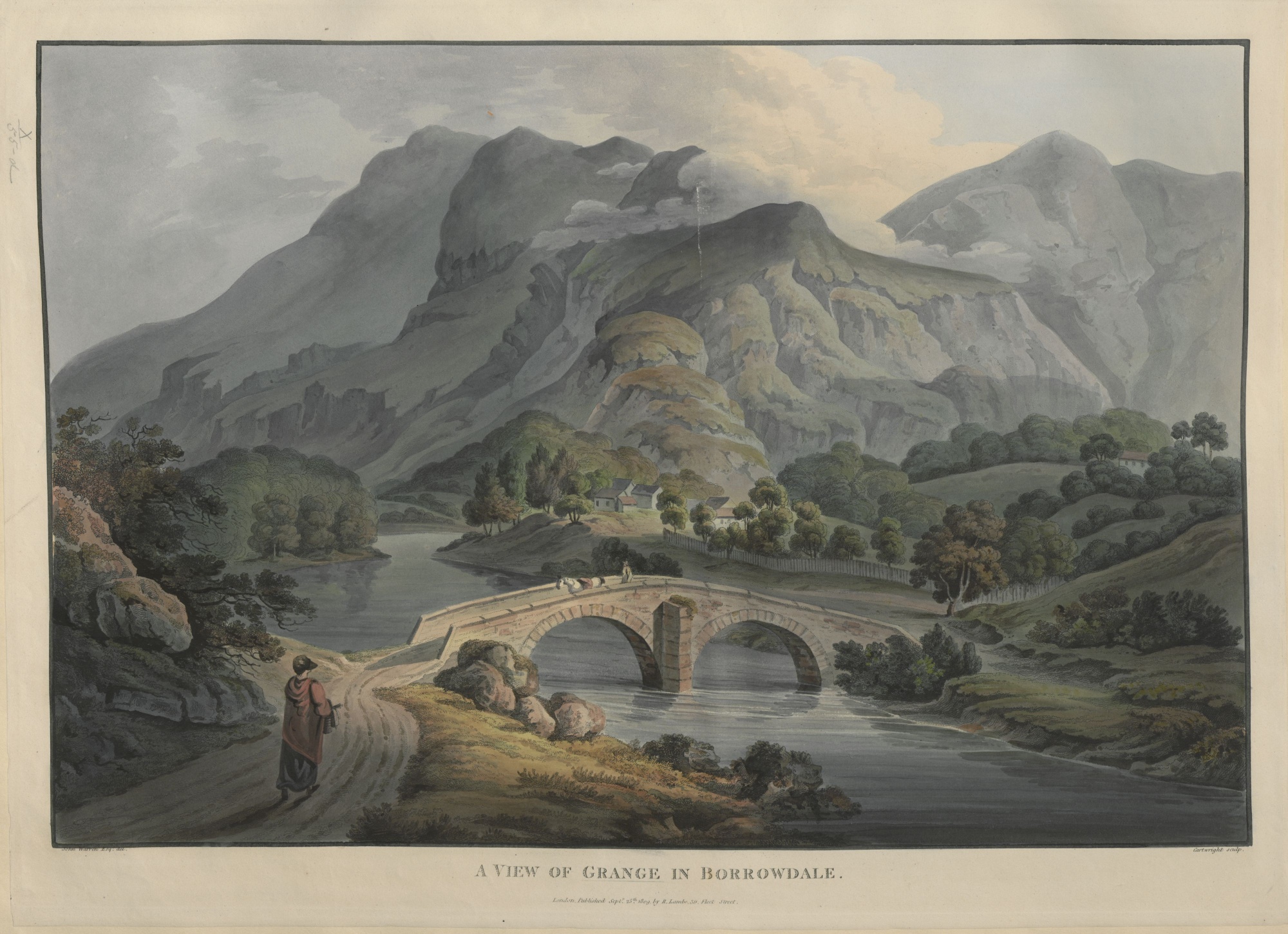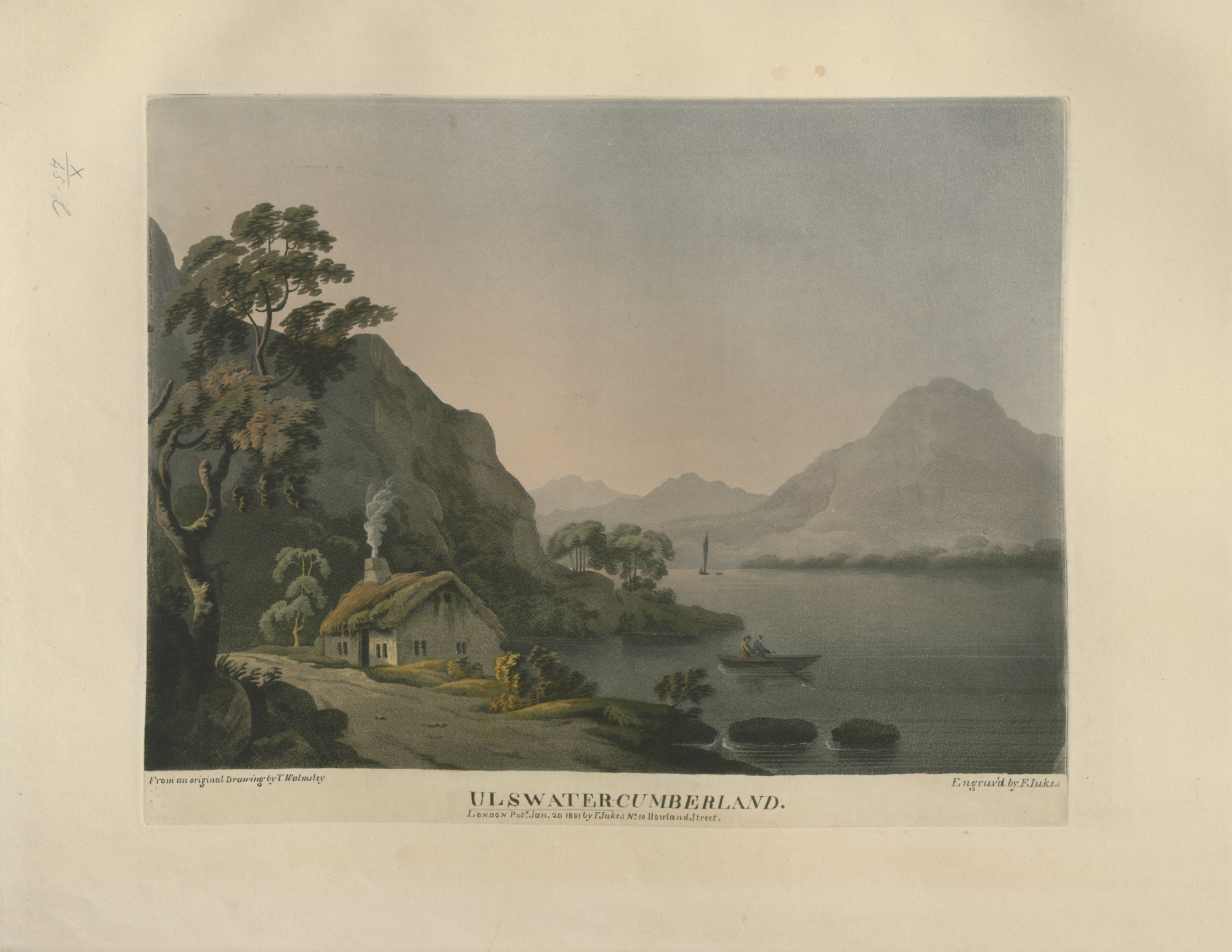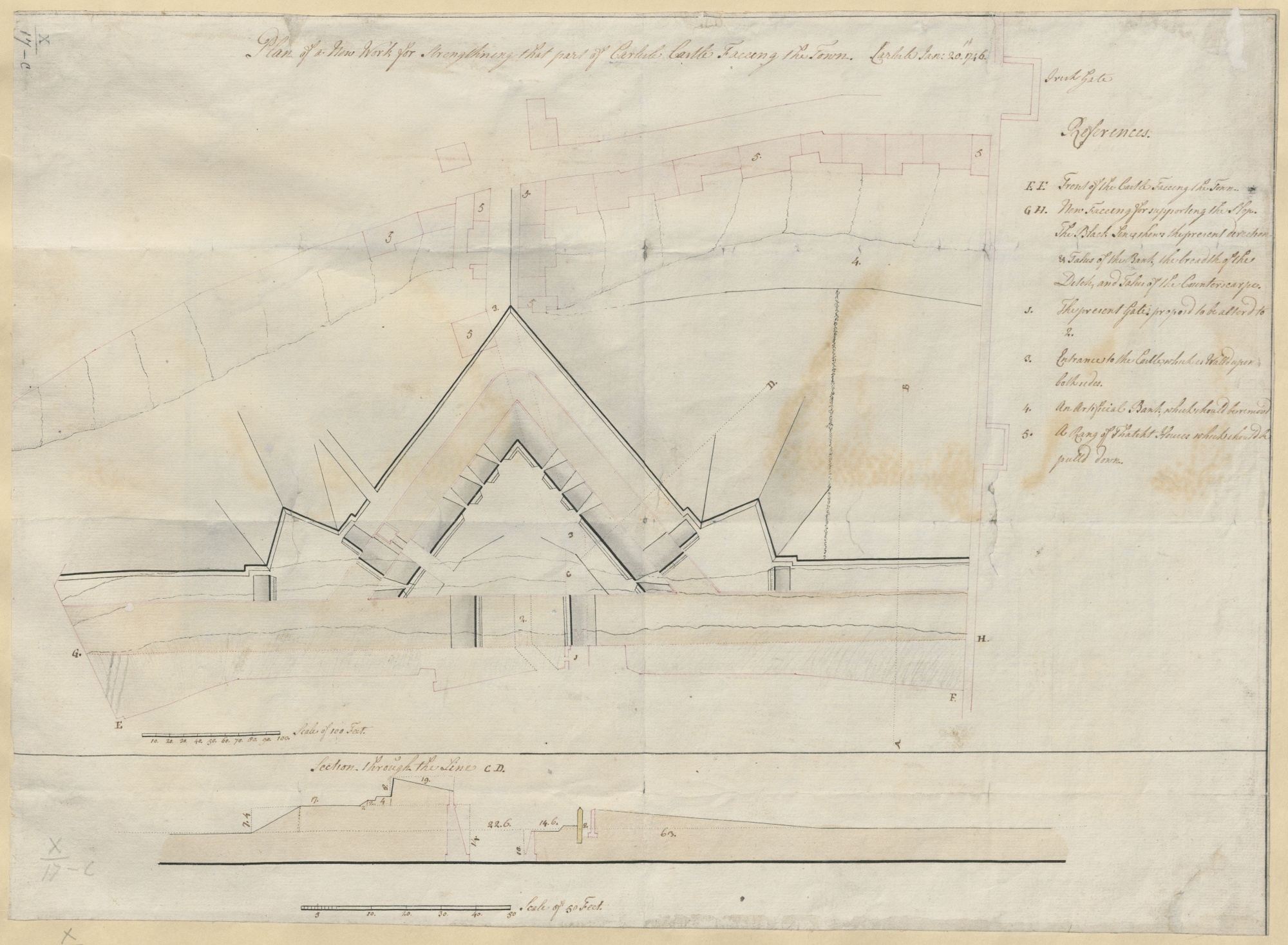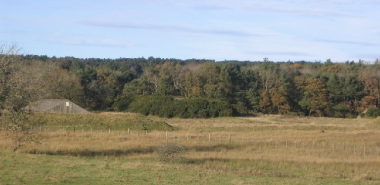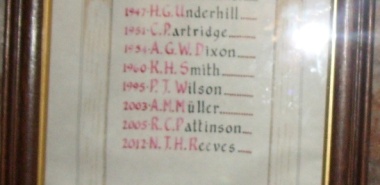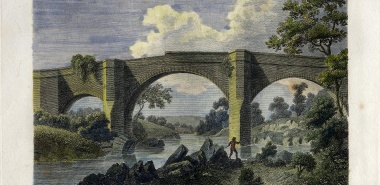The King George III Topographical Collection
King George III was a great collector of manuscript and printed maps and plans, and topographical drawings, paintings and prints. When the collection was donated to the British Museum (now the British Library) in 1828, it contained some 40,000 items. The British Library has been digitising these and has recently uploaded 18,000 images, which are now freely available on Flickr. These include more than 500 items relating to Cumbria, which were digitised thanks to a grant from the Cumberland and Westmorland Antiquarian and Archaeological Society.
A selection of these is shown below, showing the range of material available. 01 The Town and Cathedral of Carlisle (c.1800) 02 East Prospect of the Town and Harbour of WHITEHAVEN (c.1738) 03 Roman Altar from Netherby (c.1750) 04 West View of Furness Abbey (c.1800-1820) 05 Plan of Part of the River Esk, With the Plan and Section of a Roman Camp (1752). (note that the earthwork known as Liddel Strength is not Roman but Norman) 06 A Plan of SOLWAY MOSS or FLOW (1772) For a detailed account see this BL blog, by Bill Shannon 07 A View of the Bridge over the LONE, near Kirkby Lonsdale (1753) 08 Keswick Lake (1811) 09 A NEW MAP of CUMBERLAND (1745) 10 A VIEW OF GRANGE BRIDGE IN BORROWDALE (1809) 11 ULSWATER, CUMBERLAND. (1801) 12 Plan of a New Work for strengthening that part of Carlisle Castle faceing the Town (1746)
To search for other images, go to https://www.flickr.com/photos/britishlibrary/ In the search bar at the top of the page (look for the magnifying glass symbol) type in K.Top followed by the place you want to search – eg K.Top Keswick. You might need to be a bit creative – eg Carlile will give you different results from Carlisle.
The British Library has placed these images in the public domain, on Flickr Commons. Images downloaded from the site can be used for private study or for things like PowerPoint talks to local groups – but if you want to use the image in a publication or otherwise for commercial purposes you would need to apply to the British Library for permission.
